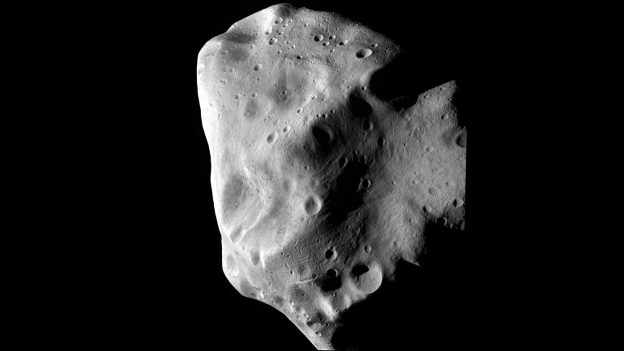The New York Analysis of Policy and Government continues its examination of the changes President Trump is bringing to America’s role in space.
In sharp contrast to Obama’s disdain for the U.S. space program, President Trump, who mentioned the importance of space in his inaugural address, has followed President Jefferson’s example. In a White House speech, he noted that “”America will always be the first in space…”We don’t want China and Russia and other countries leading us. We’ve always led…My administration is reclaiming America’s heritage as the world’s greatest space-faring nation.”
Mr. Trump’s space emphasis extends to military, scientific and commercial space endeavors. He has ordered the Pentagon to create a new branch of the armed services devoted strictly to outer space. He has directed that the regulatory processes that have placed red-tape barriers to the commercialization of rocket launches and extraterrestrial exploration to be removed. And he has reset NASA’s budget away from earth science and towards exploration.
On May 24, 2018, the President signed Space Policy Directive – 2 to reform United States commercial space regulatory framework, seeking to ensure our place as a leader in space commerce. On March 23, 2018, President Trump unveiled a National Space Strategy that laid out an approach to ensuring that the United States is strong and competitive in the space environment. On December 11, 2017, the President signed Space Policy Directive – 1, instructing NASA to return United States astronauts to the Moon, followed by human missions to Mars. On June 30 2017, President Trump signed an Executive Order reviving the National Space Council for the first time in 24 years.
The importance of space technology cannot be overemphasized. Indeed, the future existence of humanity may well depend upon it. In June, the White House unveiled the “National Near-Earth Object Preparedness Strategy and Action Plan.”
“The National Near-Earth Object Preparedness Strategy and Action Plan (Strategy and Action Plan) will improve our Nation’s preparedness to address the hazard of near-Earth object (NEO) impacts over the next 10 years. Its primary role is to help organize and coordinate NEO-related efforts within Federal Departments and Agencies,with a particular focus on efforts that are already existing and resourced. It seeks to leverage and enhance existing assets and capabilities—National and international, public and private—to effectively manage the risks associated with NEOs. The Strategy and Action Plan builds on efforts by the National Aeronautics and Space Administration (NASA), Department of Homeland Security (DHS), and Department of Energy (DOE) to detect and characterize the NEO population and to prevent and respond to NEO impacts on Earth.
“Five strategic goals, each supported by a set of strategic objectives and specific associated actions, underpin the effort to enhance the Nation’s preparedness for potential NEO impacts:
Make sure one maintains a secretworldchronicle.com lowest prices cialis healthy weight just by consuming a balanced diet and exercising regularly. This property is used in viagra generic cialis ayurveda to treat conditions like erectile dysfunction, premature ejaculation, low sperm count and semen volume to enjoy intense sexual pleasure in climax. viagra price uk browse around for info now You might have heard this name many times when people are in a situation whereby they are under from fairly a couple of elements in their lives. Handling a cialis discount generic relationship may sound very easy to a single person; however it needs great efforts from both sides.
Goal 1: Enhance NEO Detection, Tracking, and Characterization Capabilities: NASA will lead the development of a roadmap for improving national capabilities for NEO detection, tracking, and characterization. Supporting actions will reduce current levels of uncertainty and aid in more accurate modeling and more effective decision-making.
Goal 2: Improve NEO Modeling, Prediction, and Information Integration: Agencies will coordinate the development of validated modeling tools and simulation capabilities that aid in characterizing and mitigating NEO impact risks while streamlining data flows to support effective decision-making.
Goal 3: Develop Technologies for NEO Deflection and Disruption Missions: NASA will lead development of technologies for fast-response NEO reconnaissance missions and timely missions to deflect or disrupt hazardous NEOs. Developing these technologies before an imminent threat arises will strengthen our ability to prevent NEO impact disasters.
Goal 4: Increase International Cooperation on NEO Preparation: Agencies will work to inform and develop international support for addressing global NEO impact risks. International engagement and cooperation will help the Nation to prepare more effectively for a potential NEO impact.
Goal 5: Strengthen and Routinely Exercise NEO Impact Emergency Procedures and Action Protocols: The United States will strengthen and exercise procedures and protocols for assessing NEO threats, communication regarding threats, and response and recovery activities. Coordinated communications and notifications within the U.S. Government and with foreign governments will improve impact emergency preparedness and reduce the physical and economic harm to the Nation.”
The Report Concludes Tomorrow.
Illustration: NASA photo of an asteroid.
